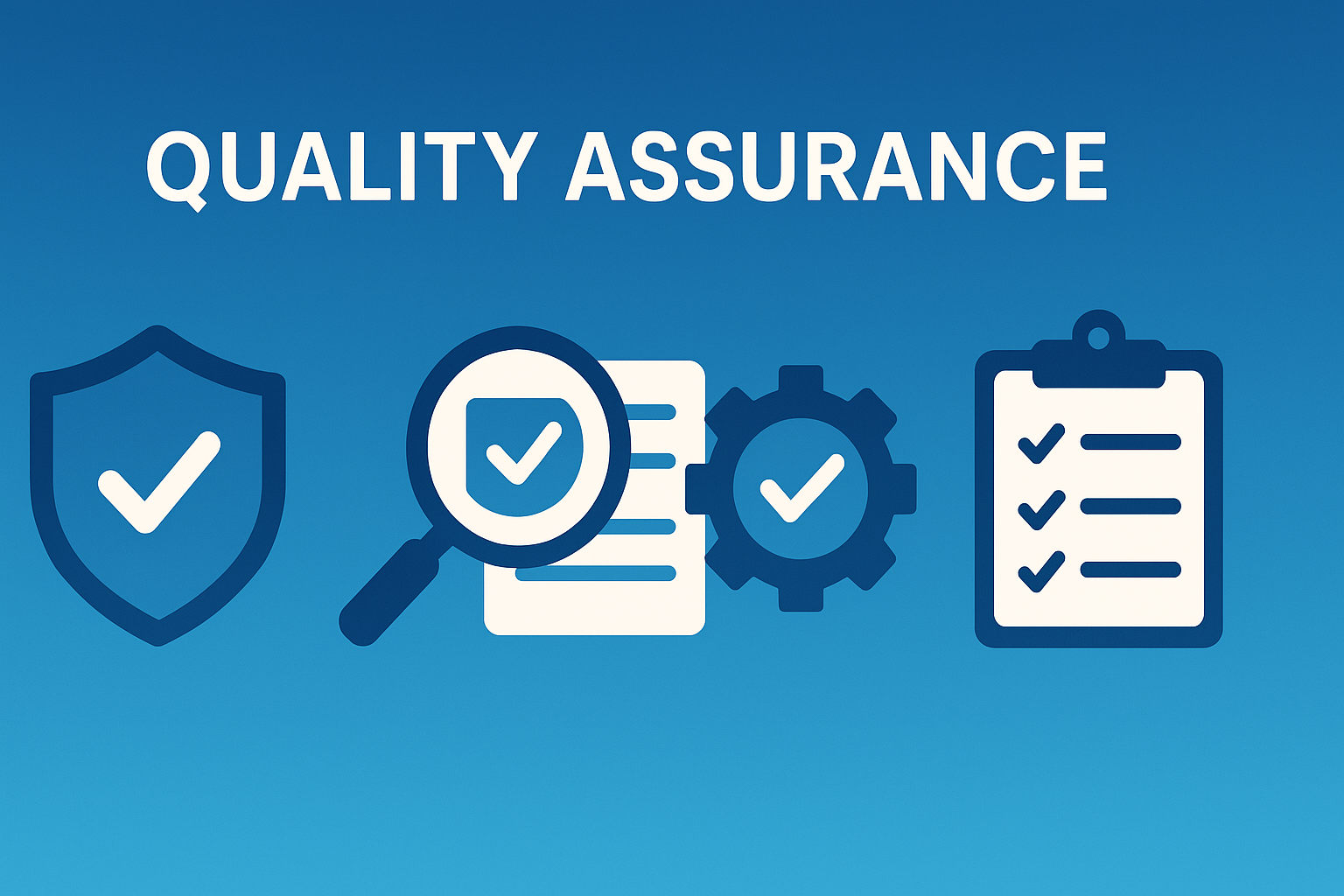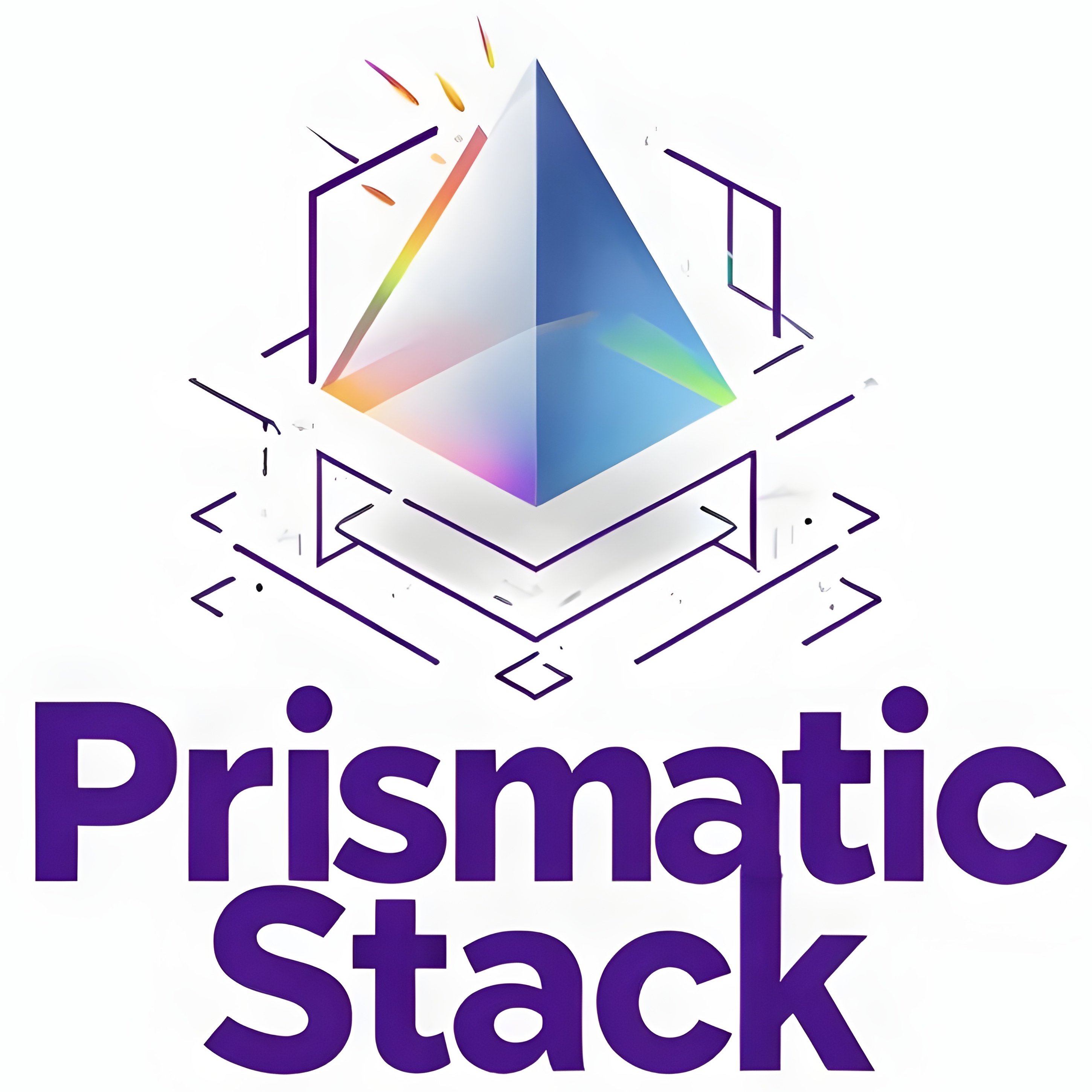Shift Left, Own It All: Why Product Managers Are the Ultimate Guardians of Quality Assurance

TL;DR
- If you own the product, you own the quality. From discovery to metrics, PMs are the ultimate guardians of quality at every stage.
Most teams still pin "QA" on engineering, then wonder why bugs squeak past prod gates. Here's the truth: if you own the product, you own the quality... from the aha-moment of discovery right through to the metrics you refresh over morning coffee. Think of yourself as the editor-in-chief of an ever-evolving newspaper: the devs are reporters, design is layout, but you decide whether an issue goes to print.
Below is a practical playbook that embeds quality into every stage of the product lifecycle, including the new wrinkles of AI-powered experiences... so nothing is "tacked on at the end."
1. Five Quality Checkpoints Every PM Must Run
| Stage | Your QA Focus | Key Artefacts |
|---|---|---|
| 1 Discovery | Validate the problem is real. | User interviews, lean canvas, early prototypes. |
| 2 Scoping | Write unambiguous requirements. | PRD, success KPIs, open-question log. |
| 3 Implementation | Keep intent intact while code emerges. | Design critiques, acceptance-criteria tickets, dev check-ins. |
| 4 Execution Tests | Prove it works for real users. | Manual flow passes (PM-owned), automated test suites (Eng-owned). |
| 5 Outcome Monitoring | Detect regressions & close the loop. | Dashboards, alerts, post-launch reviews. |
"Ensuring proper execution" (stage 4) is where you personally walk the happy-path and dark-path flows. No amount of unit tests replaces a PM who relentlessly clicks through the product like a first-time user.
2. Quality Starts in Scoping
| PRD Section | Why it Protects Quality |
|---|---|
| Alignment | Locks goals, timelines and scope before code is written, killing scope-creep driven bugs. |
| Success Criteria & KPIs | Defines "done" with measurable outcomes you'll track at launch. |
| Scope & Design Inspiration | Screenshots, flowcharts, or Figma links anchor visual intent and UX nuance. |
| Open Questions | Surfaces risk early so nobody pivots mid-sprint and breaks everything. |
The clearer the starting brief, the less telephone-game distortion you'll fight later.
3. From Requirements to Implementation
- 1. Comprehensive PRD ➜
Vision, scope, constraints. - 2. Design Critique ➜
Stakeholders debate *how, never what*. - 3. Engineering Tickets ➜
Each Linear card carries an acceptance checklist. - 4. Development ➜
Devs implement with zero ambiguity.
Maintaining a straight line from PRD to code halves the class of "it met spec but not expectations" defects.
4. Two Complementary Test Types
- Build a QA protocol (device x browser matrix, must-pass user journeys).
- Recruit designers, marketers, even sales to "play new user."
- Capture friction, UX weirdness, copy nits automation can't feel.
- Unit ➜ isolated logic.
- Integration ➜ system boundaries.
- E2E ➜ full user journeys (Cypress, Playwright, Shortest AI tests in plain English):
- `shortest("user can sign up and create a £5 product")`
- Runs on every PR; blocks merges on regression.
Champion both. Own the manual; demand the automated.
5. De-Risk Launches with Smart Rollouts
| Technique | Benefit |
|---|---|
| Feature Flags | Toggle exposure per segment instantly. |
| Canary Releases | Ship to 1% first; expand on healthy metrics. |
| Progressive Rollouts | Controlled ramp-ups prevent mass outages. |
| Shadow Testing | Run new code in parallel, compare results silently. |
Reframe launches from nerve-wracking switch-flips to monitored, reversible experiments.
6. Post-Launch Monitoring—Quality Never Sleeps
| Timeframe | PM Actions |
|---|---|
| T+0 h | Hourly metric checks (error rate, conversion, latency). |
| T+1 week | Compare daily usage to baseline; dive into outliers. |
| T+2 weeks | Segment analysis (device, geography, cohort). |
| T+1 month | Report on PRD KPIs; decide whether to iterate or pivot. |
Metabase Pro or Amplitude dashboards wired straight to the success metrics you declared in scoping keep you honest, and fast.
7. QA in AI Products: Feedback Infrastructure
AI features fail in fuzzier ways than CRUD apps, so they need structured feedback loops.
| Field | Type | Purpose |
|---|---|---|
| job_id | UUID | Track each generation job. |
| parent_job_id | UUID | Thread related tasks. |
| job_type | VARCHAR | Categorise workflow. |
| feedback | JSONB | Capture star-ratings or free-text critique. |
| job_data | JSONB | Log inputs / outputs for post-mortem. |
⭐⭐⭐⭐ 4-star ratings give nuanced signals ("good but improvable") that binary upvotes miss; critical for continuous tuning.
8. QA in AI Products: Automated Evaluations
Large models can now grade their own outputs:
| Metric | What It Tells You |
|---|---|
| Evaluation Automation % | Share of qualitative checks handled by LLM evaluators. |
| Efficiency Gain | Throughput improvement vs. manual review. |
| Alignment Accuracy | Agreement between automated and human scores. |
Example: For an AI video-ad generator, an LLM scores scripts for brand-voice and pacing before any user sees them... flagging misalignments early.
9. The PM Quality Mindset
- Own the definition of "good." Clarify success upfront, then test against it ruthlessly.
- Track everything. Metrics, feedback, bugs, rollouts... data beats anecdotes in Prioritisation Meetings.
- Shift left continually. Every defect found earlier is 10× cheaper to fix.
- Be obsessively curious. Like the best PM traits we outlined in the first blog: context, cadence, data-fluency, empathetic candour, outcome obsession.
10. Your Next Sprint Checklist
- 1. Audit your PRDs
do they declare KPIs, open questions, design refs? - 2. Create a manual QA protocol
and book a cross-functional bug-bash day. - 3. Add acceptance-criteria checklists
to every new Linear ticket. - 4. Implement one rollout control
(feature flag or canary) if you have none. - 5. Wire dashboards
directly to your PRD success metrics. - 6. For AI features:
design your `job_id` feedback schema, pick one LLM-based evaluator.
Own those actions and you'll stop firefighting quality issues and start preventing them, while the competition is still arguing over who "does QA."
Ready to level-up your quality flywheel?
I help teams build shift-left QA pipelines that marry human insight with automated coverage. Book a call and let's make quality your unfair advantage.
Written by Alexander Chrisostomou • Published 27/05/2025 • Last updated 27/05/2025
